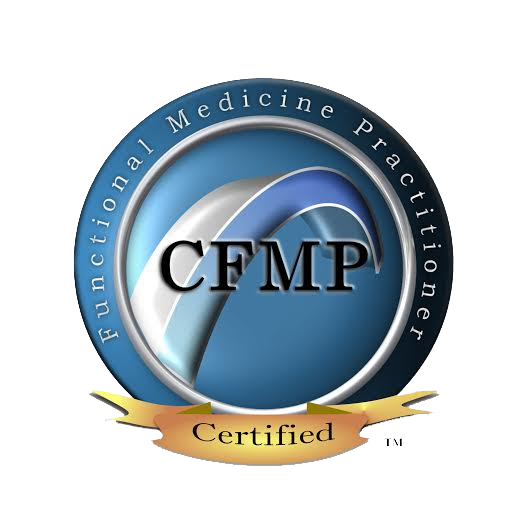
Bell’s palsy causes temporary paralysis in one side of the face. It can be a frightening and frustrating experience for those who are affected by it. Bell’s palsy cause is unknown, but it is likely due to facial nerve inflammation or swelling. Read on to learn more about Physical Therapy for Bell’s Palsy.
What is Bell’s Palsy?
Bell’s palsy is a form of facial paralysis that affects the muscles on one side of the face. It can cause drooping of the eyelid, difficulty closing the eye, drooling, and difficulty making facial expressions. It can also affect the sense of taste and cause pain behind the ear on the affected side.
The Importance of Physical Therapy
Physical therapy is crucial in Bell’s Palsy management, addressing physical and emotional aspects. By focusing on muscle strength, mobility, and coordination, therapists empower individuals to regain facial muscle control and confidence.
5 Types of Physical Therapy for Bell’s Palsy:
1.) Facial Exercises: Therapists design personalized exercise routines targeting affected muscle groups, enhancing muscle tone and coordination for a more expressive appearance.
2.) Manual Techniques: Additionally, hands-on methods like massage and stretching reduce muscle stiffness and pain, promoting healing and improved circulation.
3.) Neuromuscular Re-Education: Techniques rewire neural pathways, restoring precise facial movements disrupted by Bell’s Palsy.
4.) Electrical Stimulation: Low-level electrical currents stimulate muscle contractions, accelerating muscle recovery and enhancing facial symmetry.
5.) Functional Training: Lastly, therapists integrate real-world activities like smiling and chewing into sessions, empowering individuals to navigate daily tasks confidently.
The Road to Recovery
Though challenging, Bell’s Palsy recovery is navigable with physical therapy’s guidance. With a multidisciplinary approach encompassing medical interventions and physical therapy, individuals embark on a journey toward healing and restoration.
Other Treatment Options
In addition to Physical Therapy, those with Bell’s Palsy can also try steroids, which we would not recommend, or Hyperbaric Oxygen Therapy (HBOT). HBOT has been proven to help those with Bell’s Palsy faster than other treatments. Read more about it HERE.
Frequently Asked Questions:
Can Physical Therapy help with Bell’s Palsy?
Collaborating closely with a physical therapist specialized in Bell’s palsy, individuals can discover tailored exercises aimed at expediting recovery and enhancing facial muscle strength. The impact of these facial exercises on Bell’s palsy rehabilitation varies from person to person, but the results can be boosted with the inclusion of hyperbaric oxygen therapy (HBOT).
What is the BEST exercise for Bell’s Palsy?
Firstly, engaging in facial exercises can improve muscle tone. Additionally, try massaging your face to promote relaxation. For individuals with Bell’s Palsy, we recommend five exercises: assisted eyebrow lift, assisted smile, assisted frown, face massage, and blow outwards with one cheek bulging while keeping your mouth shut.
What helps Bell’s Palsy heal faster?
In the early stages of Bell’s palsy, oral steroids or antiviral medication may be administered to increase the chances of full recovery, despite potential side effects. Physical therapy or facial massage might also be recommended. Furthermore, Hyperbaric oxygen therapy (HBOT) could be integrated into the treatment plan as well.
What kind of therapy is used for Bell’s Palsy?
Facial muscles affected by paralysis have the potential to atrophy and contract, sometimes resulting in permanent damage. A physical therapist is crucial, as they can instruct you on techniques to massage and exercise these muscles, aiming to mitigate the risk of permanent shrinkage. Additionally, incorporating hyperbaric oxygen therapy (HBOT) into your treatment plan can further support tissue repair and reduce the likelihood of muscle shortening.



